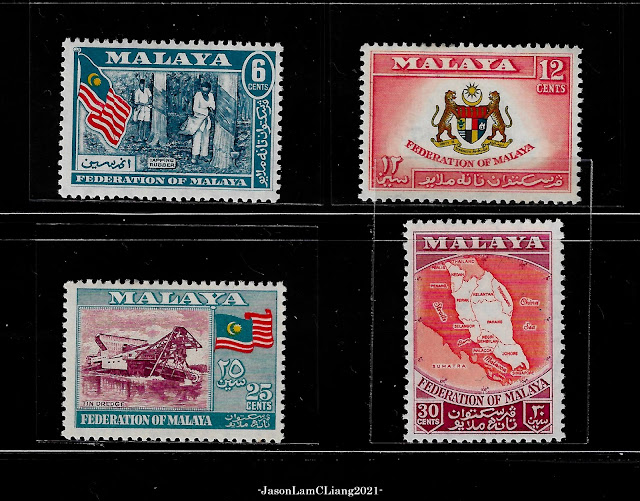Butterflies of Malaysia: Distinguishing between Harrison & Sons and Bradbury Wilkinson

In 1971, a set of Butterfly themed stamps were issued in each state replacing the use of the former Orchids definitive stamps. These stamps were initially printed by Bradbury Wilkinson, and designed by Victor Whiteley. Later on, a change in printing contract in 1977 meant that subsequent prints were handled by Harrisons and Sons Limited, for a limited period. Differences are subtle, however, distinguishing them is manageable since both Bradbury Wilkinson and Harrison had different printing approaches. At times, the color of the right column is a giveaway, which in the case for the 2c and 5c denomination, Harrison and Sons print has a light blue colored column instead of white. Harrison and Sons on the left, Bradbury Wilkinson on the right. Harrison and Sons on the left, Bradbury Wilkinson on the right. As for the 10c denomination, another noticeable feature is that the black veins seen on the wings of the butterfly of the Harrison and Sons print were more prominent. Harrison and Son





